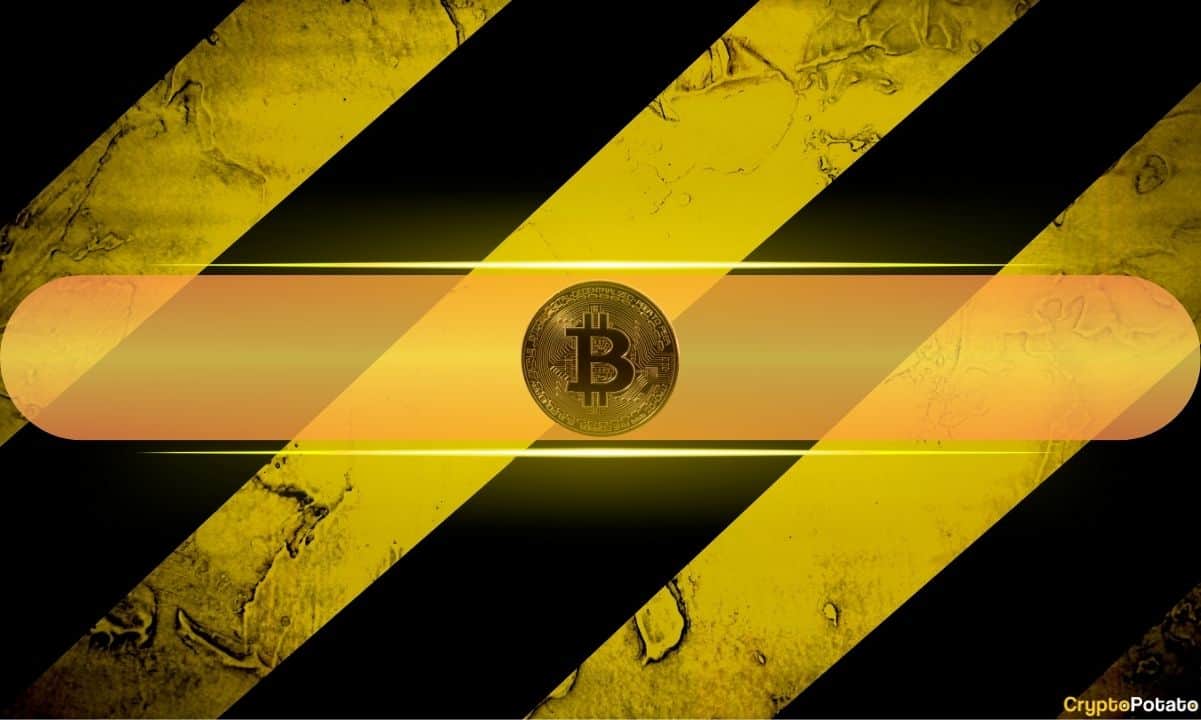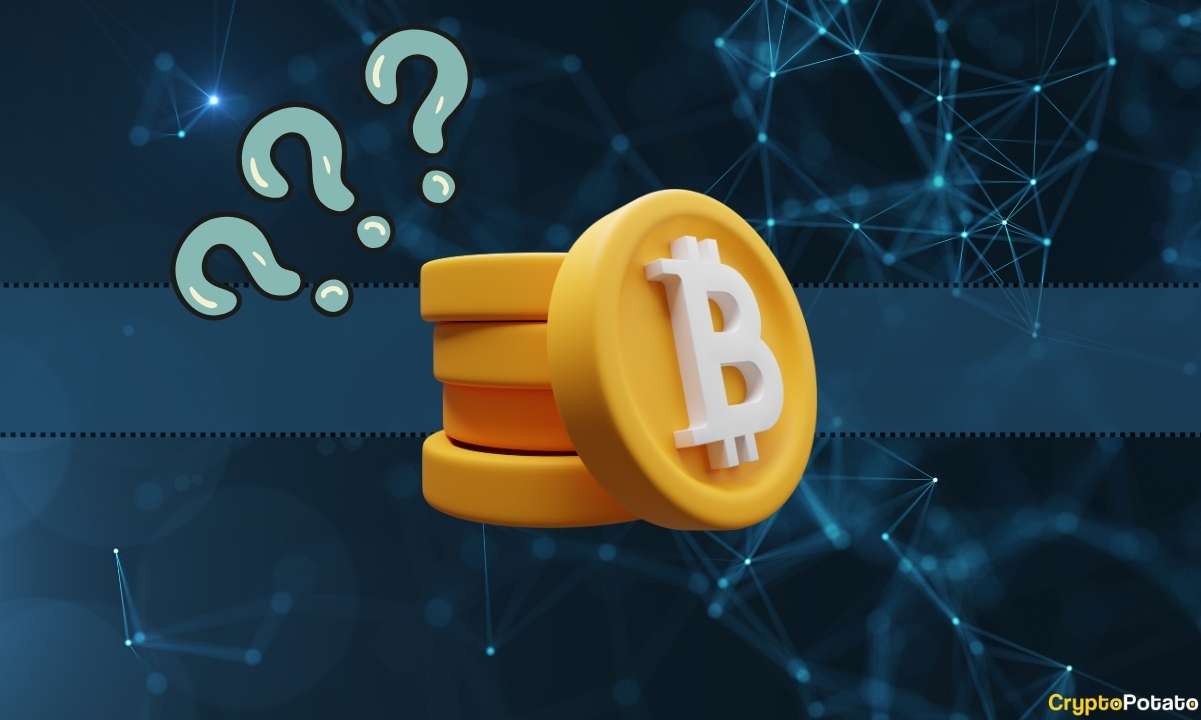Vitalik Buterin’s Take on Algorithmic Stablecoins Following Terra Fiasco
Vitalik recently shared his thoughts on the future of algorithmic stablecoins in the wake of TerraUSD’s failure. While he believes that skepticism and scrutiny of existing protocols is “highly welcome,” he says that recent attempts at permanently dismissing all automated stablecoins are unwarranted.
A Better Model for Automated Stables
TerraUSD (UST) – an algorithmic stablecoin – was effectively backed by the LUNA governance token. At any time, holders of UST could burn their holdings to receive a newly minted dollar’s worth of LUNA. Likewise, a dollar worth of LUNA was always redeemable for UST.
This two-way peg was meant to create arbitrage incentives that kept the market value of UST at $1.00 at all times. However, when the peg was put under pressure earlier this month, the system ultimately unwound, causing a collapse in both UST and LUNA’s value.
In a blog post on Wednesday, however, Vitalik argued that there are other automated stablecoin models that are far more robust in both theory and practice than TerraUSD.
He cites RAI – an automated stablecoin backed purely by ETH – as an example. RAI stablecoins are minted by depositing an overcollateralized amount of ETH into a smart contract. Two-thirds of the value of that ETH is then rewarded to the depositor – or “lender.”
However, if the price of ETH drops low enough so that the collateral backing RAI is no longer sufficient, a liquidation event takes place. The deposited ETH is then auctioned away for another to purchase by depositing more collateral.
“RAI’s security depends on an asset external to the RAI system (ETH), so RAI has a much easier time safely winding down,” Vitalik explains. By “winding down”, he means allowing RAI to undergo declines in user demand without threatening the reliability for a Rai holder to fairly redeem his coins.
Vitalik believes TerraUSD lacked the same type of reliability. The asset “backing” UST – LUNA – had unstable value, which was also predicated on activity within the Terra ecosystem (LUNA holders could earn from the system’s transaction fees).
Therefore, a decrease in demand for UST could decrease activity in the system, thereby decreasing the value and market cap of LUNA. This then spurs holders to lose trust in the stablecoin and redeem it for LUNA, thereby devaluing the governance token further, and creating a negative feedback loop.
Indeed, these processes contributed to Terra’s eventual collapse, with LUNA hyperinflating and losing 99.9% of its value. Terra’s community has now voted to restart the network with a new chain, and abandon its stablecoin project entirely.
The Requirements of Stablecoins
Vitalik concludes that stablecoin creators – and the crypto space more broadly – must stop basing their security assumptions on expectations of endless growth. Instead, they should be evaluated based on steady and pessimistic circumstances, and on whether a safe “wind-down” is possible.
“If a system passes this test, that does not mean it’s safe; it could still be fragile for other reasons (eg. insufficient collateral ratios), or have bugs or governance vulnerabilities,” he clarified.
There are others besides Vitalik that reflect his critical view of algorithmic stablecoins. Nic Carter – co-founder of crypto intelligence firm CoinMetrics – thinks the industry should stick to standard, centralized stablecoins backed by reliable reserves.
No one in their right mind would, given the free choice, hold an algostable with 100x the default risk of USDC/ USDT,” he tweeted weeks before Terra’s collapse. “If you want more decentralized stables then use overcollateralized crypto-backed ones.”









